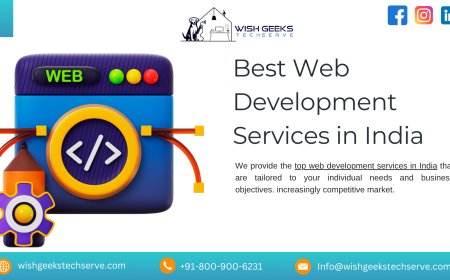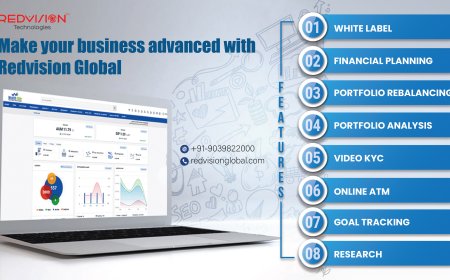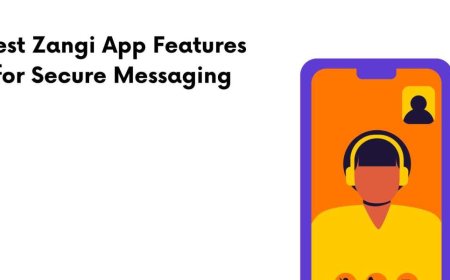Rethinking pharma product launches with digital-forward solutions
Successful product launches are crucial in the pharma industry, but many launches underperform. Digital solutions offer a strategic approach for enhancing launch sophistication and efficiency. By leveraging digital tools, companies can shape the market, differentiate their products, orchestrate customer experiences, secure preferred access and gain data-driven insights.
In recent years, launches have become a number one priority for many pharmaceutical companies, whether large or small. This seems to be the right approach, given that a successful product launch has the potential to maximize the impact and success of a pharma companys new products.
However, recent data shows that a significant portion of pharma product launches have underperformed in the past few years. To address this challenge, pharma companies are increasingly turning to sophisticated digital solutions to drive launch excellence and improve outcomes.

What it means to be digitally-forward at launch
Being "digitally-forward" at a pharma launch refers to the strategic integration of digital technologies and solutions in the planning and execution of product launches. This approach can help drive two separate but important goalslaunch sophistication for maximizing the impact of an individual launch and launch efficiency to drive scale across all launches.
Opportunities for digitally-forward solutions across a launch
Here are some ways in which pharma companies can use digitally-forward solutions across their entire product launch process to achieve more precise and accelerated outcomes:
-
Shaping the market: In smaller markets, patients often spend years finding the right healthcare providers (HCPs). With the help of digital tools, pharma companies will be able to find and connect patients with the right type of specialist or even an individual physician, based on their symptoms and disease profile.
-
Differentiating the product: Many pharma organizations use the same type of messaging in product launches due to the fear of overcomplicating the execution. By utilizing AI to analyze primary and secondary data, companies can create detailed customer profiles. This allows for personalized, customized messaging at the time of launch.
-
Orchestrating customer experience: Opportunities to orchestrate customer experience is usually limited at a launch due to a lack of information about the customer. By using data from local healthcare markets, companies can orchestrate the ideal channel mix even at launch, with more personalization enhancements over time. This approach works even better if the company already has a presence with their target customer and can use information from previous launches to guide their efforts.
-
Securing preferred access: Contracting is crucial for pharmaceutical market access, but many organizations negotiate poorly, leading to missed opportunities. Also, after securing a good contract, it can take a long time to communicate to the customers and the field about these wins, ultimately slowing down the process of getting products to market. By using contract simulation analytics and gross-to-net optimization, companies can drive plan negotiations and contracting and ensure fast and precise pull-through of access wins.
-
Gaining data-driven insights: Most dashboards today only show a static view of current performance and treat issues separately, making it hard to see the full picture or to act quickly. An AI-powered launch insights hub simplifies this by collating all the data in one place and highlighting what actions should be taken. This helps launch teams spot problems early and adjust their strategy within days, instead of having to wait for months.
It is clear that to succeed in todays competitive pharma market, companies must embrace digital innovations at every stage of the launch. Pharma companies can also benefit from using generative AI in marketing their product launches by enhancing efficiency, personalization and content creation.








































